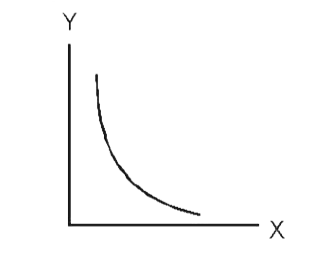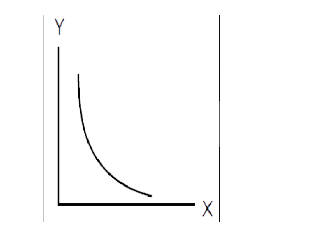Which physical quantity is represented by the product of the moment of inertia and the angular velocity ?
Step by step video & image solution for Which physical quantity is represented by the product of the moment of inertia and the angular velocity ? by Physics experts to help you in doubts & scoring excellent marks in Class 11 exams.
Updated on:21/07/2023Topper's Solved these Questions
- System of particles & rotational MotionBOOK - SL ARORACHAPTER - System of particles & rotational MotionEXERCISE - EXERCISE
353 Videos
- ROTATIONAL MOTIONBOOK - SL ARORACHAPTER - ROTATIONAL MOTIONEXERCISE - Problem for self practice
90 Videos
- Thermal Properties of MatterBOOK - SL ARORACHAPTER - Thermal Properties of MatterEXERCISE - Exercise
449 Videos
Similar Questions
Knowledge Check
The product of moment of inertia (I) and angular acceleration (α) is called
AforceBtorqueCangular momentumDworkWhat physical quantities may X and Y represent ?
 Apressure v/s temperature of a given gas (constant volume)Bkinetic energy v/s velocity of a particleCcapacitance v/s charge at a constant potentialDpotential v/s capacitance at a constant charge
Apressure v/s temperature of a given gas (constant volume)Bkinetic energy v/s velocity of a particleCcapacitance v/s charge at a constant potentialDpotential v/s capacitance at a constant chargeWhat physical quantities may X and Y represent?
 Apressure v/s temperature of a given gas (constant volume)Bkinetic energy v/s velocity of a particleCcapacitance v/s charge at a constant potentialDpotential v/s capacitance at a constant charge
Apressure v/s temperature of a given gas (constant volume)Bkinetic energy v/s velocity of a particleCcapacitance v/s charge at a constant potentialDpotential v/s capacitance at a constant charge
Which physical quantity represents the area under the force displacement curve ?
View SolutionIs moment of inertia a scalar quantity ?
View SolutionName the physical quantity expressed as the product of potential difference and electric current.
View SolutionWhich physical quantities are expressed by the following :
(i) rate of change of angular momentum
(ii) moment of linear momentum ?
View SolutionA round disc of moment of inertia I2 about its axis perpendicular to its plane and passing through its centre is placed over another disc of moment of inertia I1 rotating with an angular velocity ω about the same axis. The final angular velocity of the combination of discs is.
View Solution
